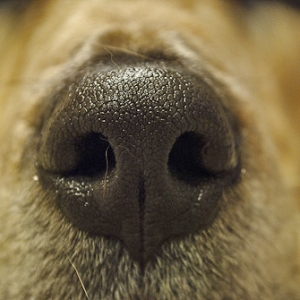The cultural dimension and the pleasure of owning a work of art, the greatest asset of this type of investment is that it can have a good return over a long period. Here are some examples of works of art that have gained value over time. For investing in art they are the best ones.
In 2015, a Van Gogh artwork entitled “Alyscamps Alley” was sold for $ 66.3 million by Sotheby’s during an auction in New York. This work was acquired a dozen years ago for the price of $ 11.7 million. The annualised return for this work was therefore 14.89%.
In May 2018, “Nu recumbent”, a painting by the painter Amedeo Modigliani was sold by Sotheby’s for $ 157.2 million, a considerable amount even if this work could not beat the 2015 record of another “reclining nude” by the same artist. When this work appeared at auction in 2003, it was worth $ 26.9 million.
In 2015, a painting by Pablo Picasso named “Women of Algiers” was sold by Christie’s for a modest $ 179.4 million. The price of this same table was 28 million dollars in 1999.
In November 2017, Christie’s sold a work by Leonardo da Vinci, the famous Salvator Mundi, for $ 450.3 million. Nearly 60 years ago, this table was worth only $ 126.
The key word to gain better profitability if you want to invest in art is “patience”. The more the work has been held for several years, the more its value increases.
The risks of investing in art, the pitfalls to avoid
Investing in a work of art can earn you more than another financial investment. However, there are certain points to respect in order not to lose your money.
Buy only from the professionals: this will allow you to acquire quality work and to be sure of the value and the authenticity of the work. These professionals are gallery owners, antique dealers and art brokers. But there are also other ways such as acquiring the work through public auction or go through art investment funds. For this last means, you will not be able to dispose of the goods in your home.
Choose the work of art: you will have no trouble doing it if you are a connoisseur. Otherwise, hire a specialist to advise you. Do not forget the ancillary costs: in your investment, it is not only the purchase price of the good that you will pay. You must also take into account various expenses such as the cost of conservation and maintenance of the work, insurance costs, and in some cases, the costs of supervision. But there are also the commissions of the intermediaries, for example of your adviser, and the commissions of the establishments for the auctions.

Do not invest all of your funds: put only a small part of your financial wealth, that is to say, 10% at most. As said before, the art market is volatile and depends largely on the passion and consensus of a handful of actors. Privilege the full ownership of your work, and since you are the only owner of the property, you should also guarantee it.






